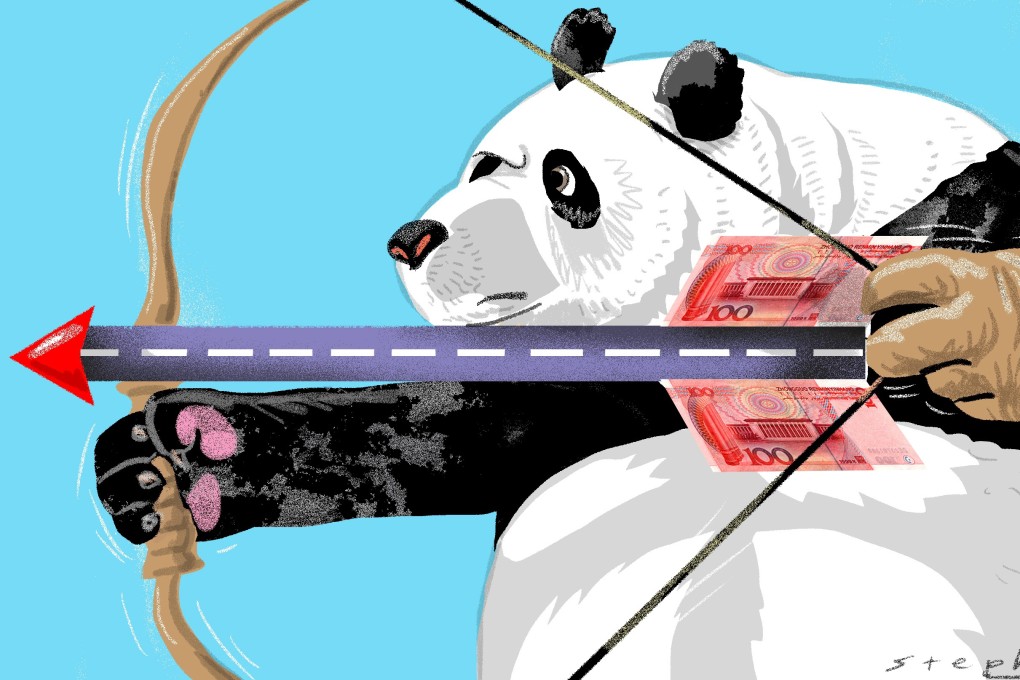China has two major tasks to become a modern world power: reach high-income status and develop the belt and road sustainably
- China has much to celebrate, but also much work to do if it is to solidify its own development model as a viable alternative to Western-style liberal democracy
- To avoid calamity, Western leaders must also be receptive to China’s efforts, and not fall into the trap of believing confrontation is inevitable

And, at a time of high tensions with US President Donald Trump’s administration, it was imbued with an extra dose of patriotic enthusiasm. But while China has much to celebrate, it also has much work to do.
The first 30 years of rule by the Communist Party are judged harshly, owing to the disastrous Great Leap Forward and the Cultural Revolution. But these were not lost decades. On the contrary, major strides were made in modernising China: local and national power grids were established, industrial capacity was strengthened, and human capital rapidly improved.
As a result, China’s human-development indicators, on a par with India’s 70 years ago, surged ahead. From 1949 to 1979, the literacy rate rose from below 20 per cent to 66 per cent, and life expectancy increased from 41 to 64 years. All of this set the stage for Deng Xiaoping’s programme of “reform and opening up”, which unleashed China’s rapid economic growth and development over the past 40 years.
First, China needs to reach high-income status. So far, China has relied on the massive size of its markets and rapid output growth to raise incomes. But these forces only take an economy so far, and China’s institutions, technology and prevailing mindset remain more closely aligned with today’s US$10,000 per capita income than with the US$30,000 level to which the country aspires.
